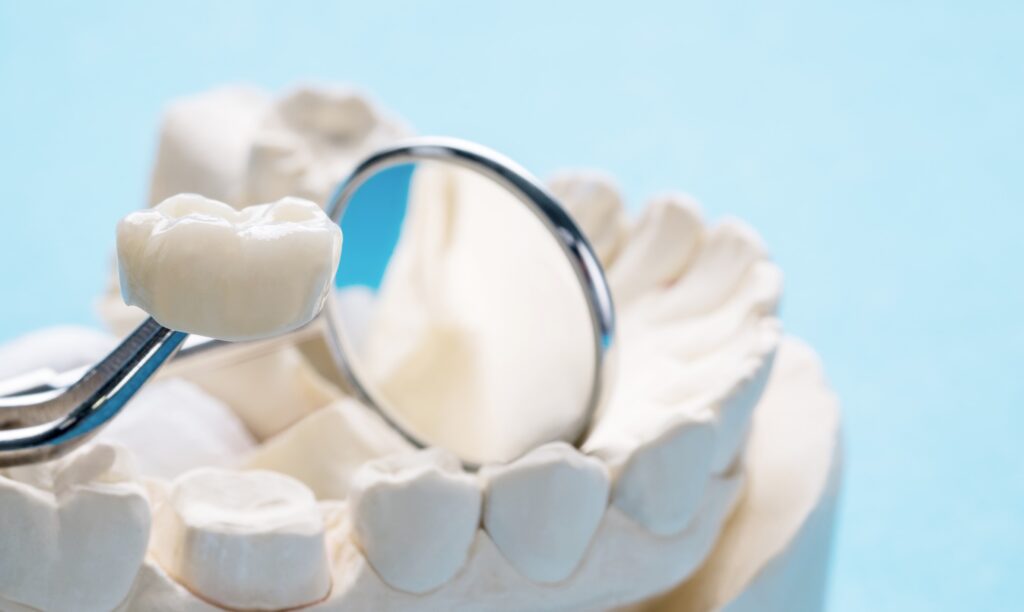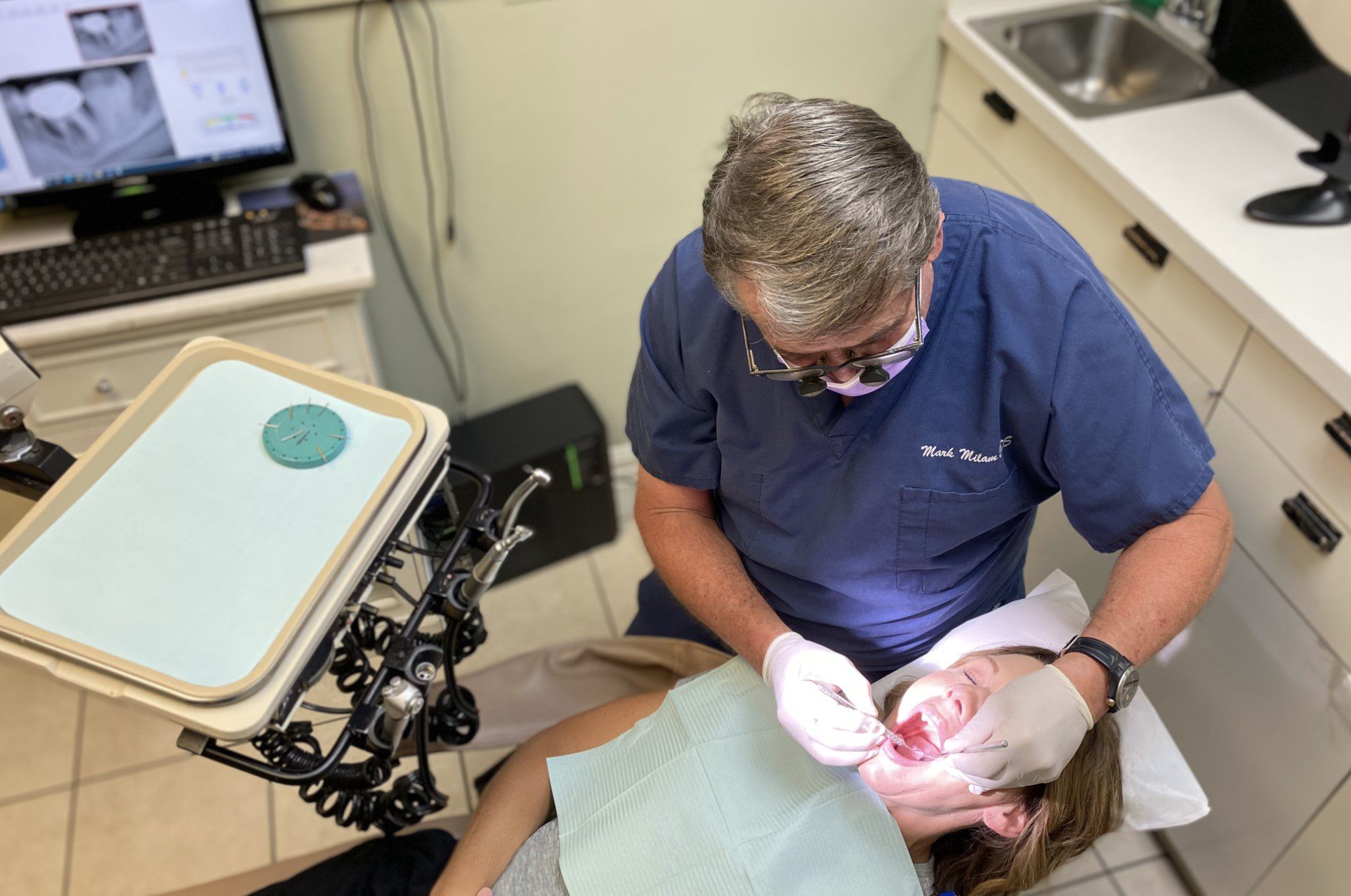Restorative Dentistry Services
Crowns & Bridges
Dental crowns and bridges are restorations used for missing or decayed teeth. Dr. Mark Milam provides beautiful, high-quality crowns and bridges that can bring back the health, function and beauty of your smile. Crowns and bridges are one of the most tried and true methods of dental restoration, so you can rest assured that your teeth will look natural and feel great!
Whether you need a crown or a bridge, our advanced technology and highly trained staff is equipped to provide you with the care you need!

Composite Fillings
Fillings are used to restore chipped, damaged or decayed teeth. These restorative pieces bring back function and appearance, strengthen teeth and prevent further damage or decay.
Done by an experienced dentist, fillings can blend seamlessly with the rest of your natural teeth and should be a perfect fit, effectively closing the spaces where bacteria and food particles can enter. To create a bright, natural smile, Dr. Mark Milam will examine your teeth and carefully match the filling’s shape and color to restore appearance.
The procedure typically takes just one visit. You come in for your appointment and leave our dental office with a healthier, more attractive smile. To place the fillings, your dentist will remove the damage or decay. Dr. Mark Milam then probes or tests the area to see if all decay has been removed, cleans and prepares the tooth for the filling.
He then places the filling, shapes and bonds it directly to the tooth surface. Fillings can do wonders for the health and appearance of your teeth. Your dentist in Lafayette, LA recommends regular checkups to determine if your teeth need dental fillings or if old restorations need to be replaced.

Tooth Extraction
Sometimes, when a tooth is interfering with other teeth, or is simply too far gone from decay to save, a dentist will resort to an extraction of the tooth, meaning that the tooth will permanently be removed from the mouth and discarded. Many late teenagers or young adults have their wisdom teeth extracted because teeth tend to grow forward as we age, and for some people, these extra teeth we have evolved out of needing to eat and chew cause undue crowding, which leads to crooked or cramped teeth.
Not only are crowded and crooked teeth not very appealing to look at, but they can create areas where the tooth so drastically overlaps the other that proper cleaning and hygiene becomes exponentially more difficult, if not impossible. Many people who have not had their wisdom teeth pulled have reported that floss breaks between their teeth because there isn’t enough space to properly move it around. Although permanent teeth are meant to last a lifetime, and for some people they do, many adults will have to deal with a tooth extraction at some point in their life.

Root Canals
A root canal is a more serious procedure that involves treating inflamed tooth pulp that has led to infection, discomfort, or favoring one side of the mouth to chew with. Millions of teeth are saved each year by root canals, which work by eliminating bacteria from the infected root canal, preventing further infection, and ultimately removing infected pulp and resealing the tooth.
Down beneath your enamel, your tooth has softer tissues that surround your nerves. This is called tooth pulp. It contains the blood vessels that bring fresh blood to your gums to keep your teeth alive. There is also a layer of connective tissue that helps keep your teeth in place on the outside of the pulp. This tissue can continue feeding nutrients to the tooth even without the pulp. Like much else in dentistry, the practice has evolved incredibly since its invention. Getting a root canal now isn’t a very different experience than getting a filling.

